Types Of Chicory – Chicory Plant Varieties For Gardens
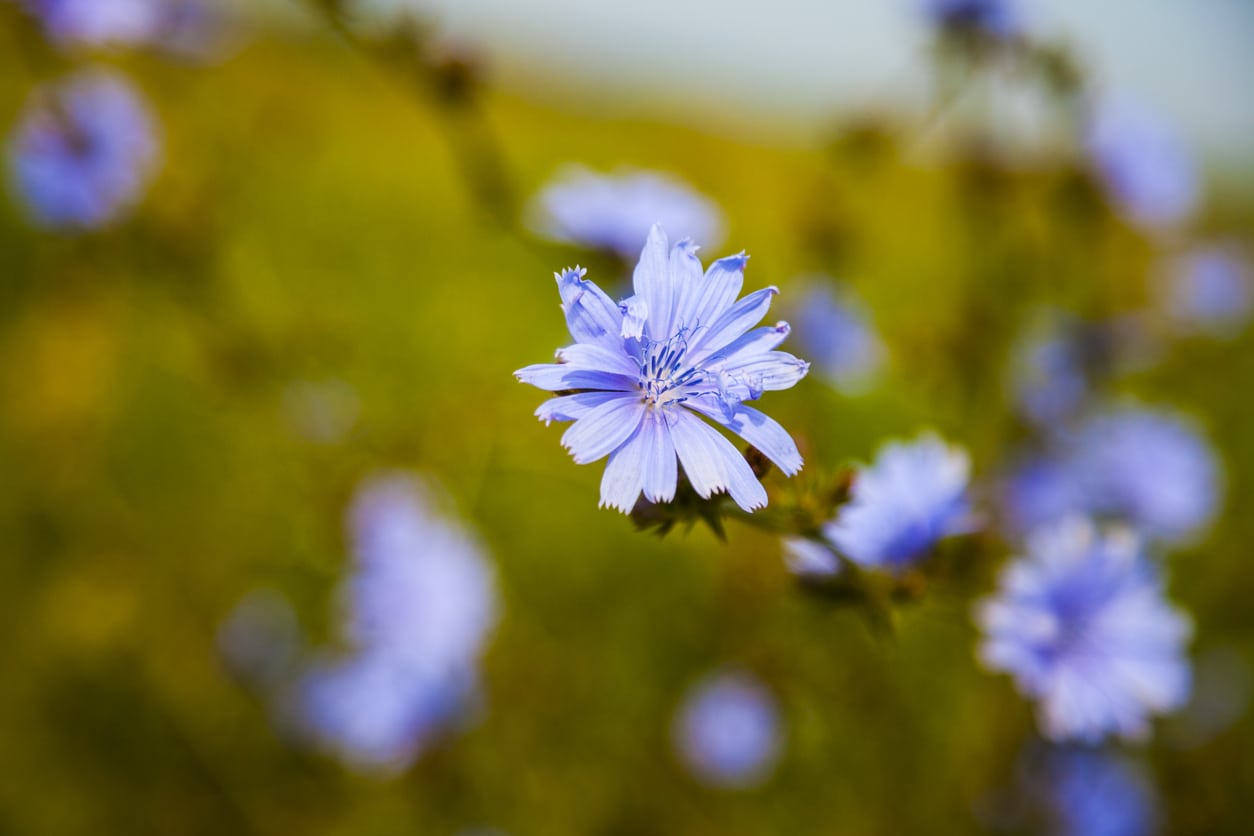

You can see the clear, blue flowers of chicory plants rising high on stiff stems along roadsides and in wild, uncultivated areas in this country. These plants have many different uses, but most gardeners simply grow them as edible vegetables. If you decide to plant chicory in your garden, you’ll want to scope out different chicory plant varieties. Each has its own characteristics, uses, and growth requirements. Read on to learn about different chicory plants and how to choose among the many varieties of chicory.
Types of Chicory
If you have decided to plant chicory in your garden, you will have several chicory plant varieties to choose among. The three basic types of chicory are Belgian endive, radicchio, and puntarelle, but you can get different cultivars of some of these. Belgian Endive – One of the three different chicory plants available for your garden is Belgian endive. Do not confuse this with regular endive lettuce that you buy in the grocery store. Belgian endive is one of the types of chicory plant, with crisp, pale-yellow foliage. Its bitter leaves are delicious if you grill them or stuff and cook them. Radicchio – Radicchio is another of the varieties of chicory with leaves used for eating. It is sometimes called Italian chicory. Unlike other types of chicory, radicchio grows leaves that are dark purple with white veins. You’ll likely see many varieties of chicory of this type, each named after a different Italian region, with Chioggia being the best known. In Europe, Italians eat radicchio varieties of chicory grilled or sautéed in olive oil, while in the US the leaves are usually tossed raw into salads. Puntarelle – If you like arugula in your salad, you should consider different chicory plants, those called puntarelle. These plants produce slender, serrated leaves with the spiciness of argula as well as echoes of fennel. The traditional way to use puntarelle is to toss it raw into salads, often with anchovies and a thick dressing. This is said to sweeten the chicory leaves. Some soak the leaves in water for a few hours before eating to accomplish the same end.
Gardening tips, videos, info and more delivered right to your inbox!
Sign up for the Gardening Know How newsletter today and receive a free copy of our e-book "How to Grow Delicious Tomatoes".

Teo Spengler is a master gardener and a docent at the San Francisco Botanical Garden, where she hosts public tours. She has studied horticulture and written about nature, trees, plants, and gardening for more than two decades. Her extended family includes some 30 houseplants and hundreds of outdoor plants, including 250 trees, which are her main passion. Spengler currently splits her life between San Francisco and the French Basque Country, though she was raised in Alaska, giving her experience of gardening in a range of climates.
-
 Looking For Plants To Give You The Soft And Fuzzies? Try These 5 Fuzzy Leaf Plant Options
Looking For Plants To Give You The Soft And Fuzzies? Try These 5 Fuzzy Leaf Plant OptionsLovers of texture, drama, silver foliage and tactile plants will adore these special sensory garden additions. These fuzzy leaf plant options will leave you all aglow
By Susan Albert
-
 Get Ready For A Summer Of Hummers! Grow These Full Sun Hummingbird Plants and Flowers
Get Ready For A Summer Of Hummers! Grow These Full Sun Hummingbird Plants and FlowersIf you’re lucky enough to enjoy a sunny backyard, make sure you are maxing out on your pollinator opportunities and grow these full sun hummingbird plants and flowers
By Tonya Barnett
-
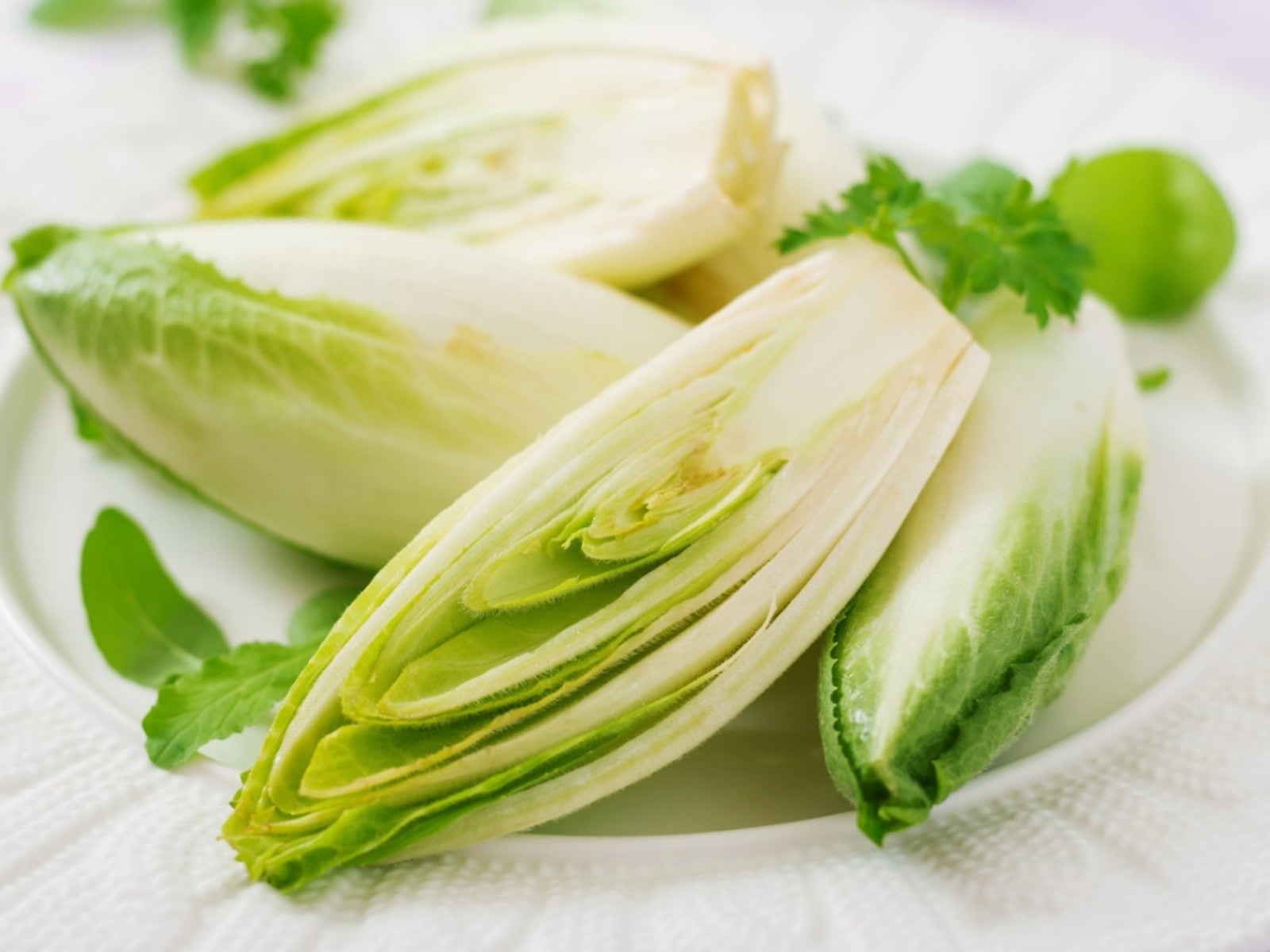 Different Types Of Chicory: What Are Chicory, Endive, And Escarole
Different Types Of Chicory: What Are Chicory, Endive, And EscaroleEndive or Chicory? If you’ve ever found yourself wondering which you should use in a recipe, you’ve come to the right place.
By Laura Miller
-
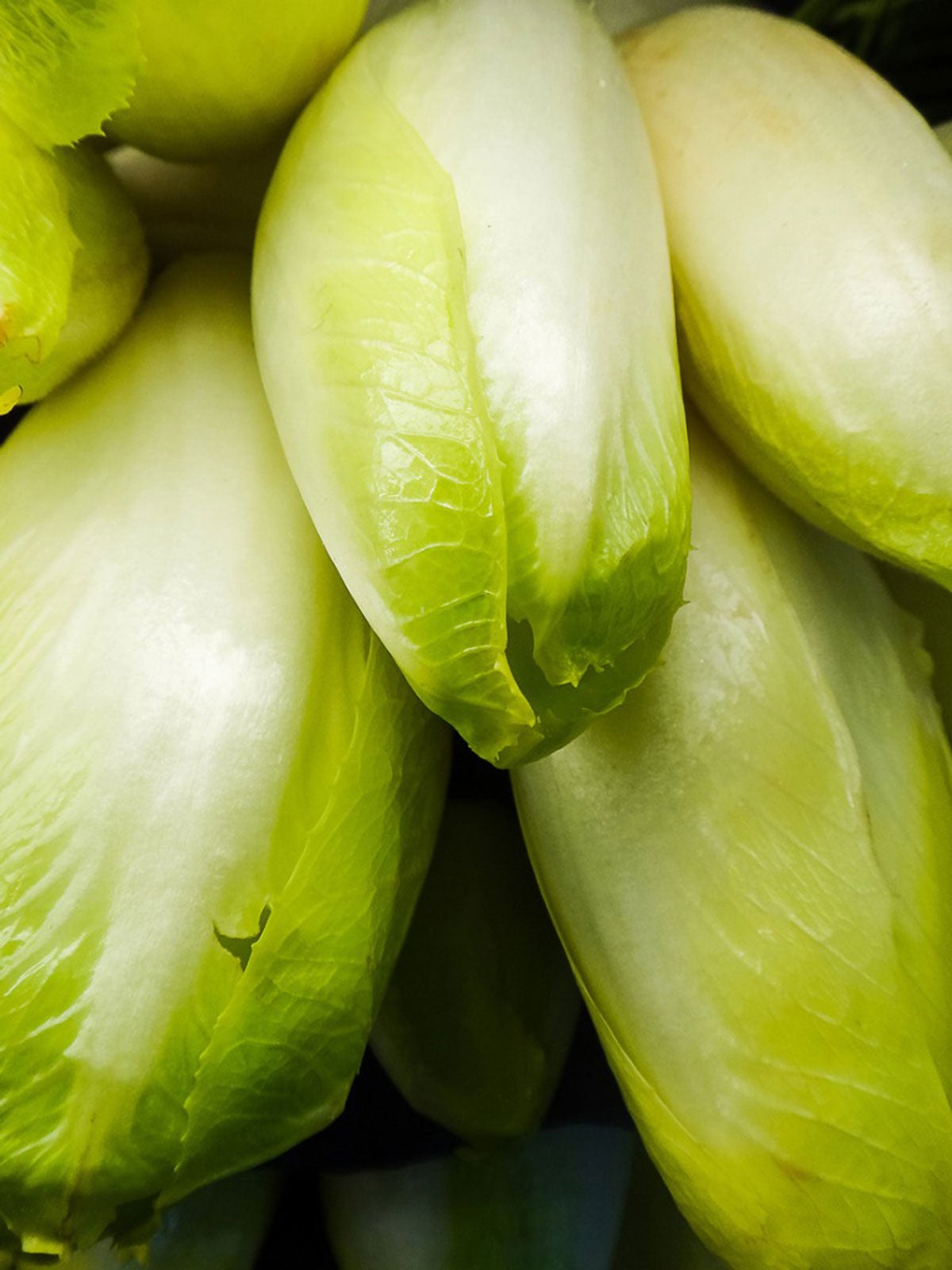 Belgian Endive Info – Tips For Growing Witloof Chicory Plants
Belgian Endive Info – Tips For Growing Witloof Chicory PlantsWitloof chicory is a weedy-looking plant. That's not surprising, as it's related to the dandelion and has frilly, pointed dandelion-like leaves. What is surprising is that witloof chicory plants have a double life. Click here to learn more about this amazing plant.
By Laura Miller
-
 Chicory Winter Care: Learn About Chicory Cold Tolerance
Chicory Winter Care: Learn About Chicory Cold ToleranceChicory in winter generally dies back and will spring anew in spring. This occasional coffee substitute is easy to grow and a fairly reliable perennial in most zones. Learn more about chicory cold tolerance and what you can do to help protect the plants here.
By Bonnie L. Grant
-
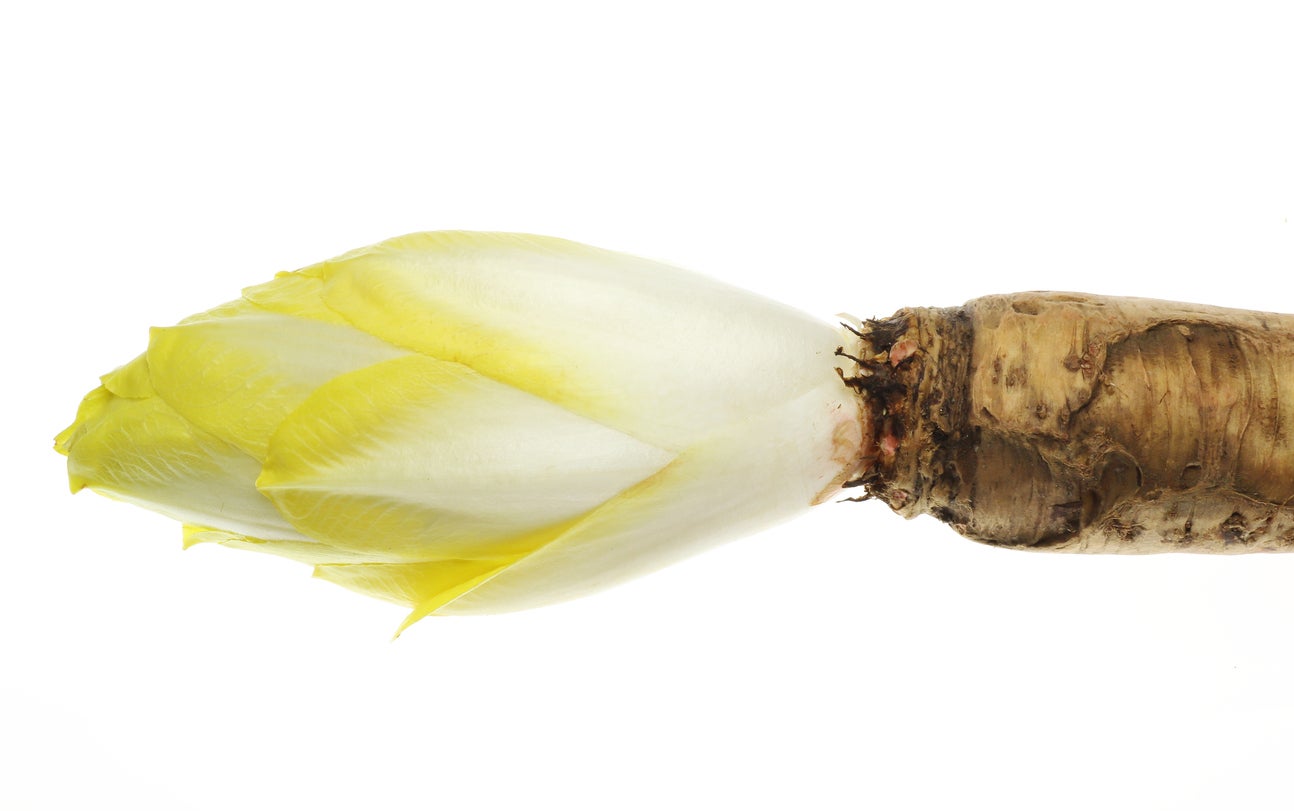 Forcing Chicory Plants – Learn About Chicory Root Forcing
Forcing Chicory Plants – Learn About Chicory Root ForcingHave you ever heard of forcing chicory plants? Chicory root forcing is a common procedure that transforms the roots into something marvelous. If you are growing chicory, and are wondering “should I force chicory,” the resounding answer is yes! Learn more here.
By Amy Grant
-
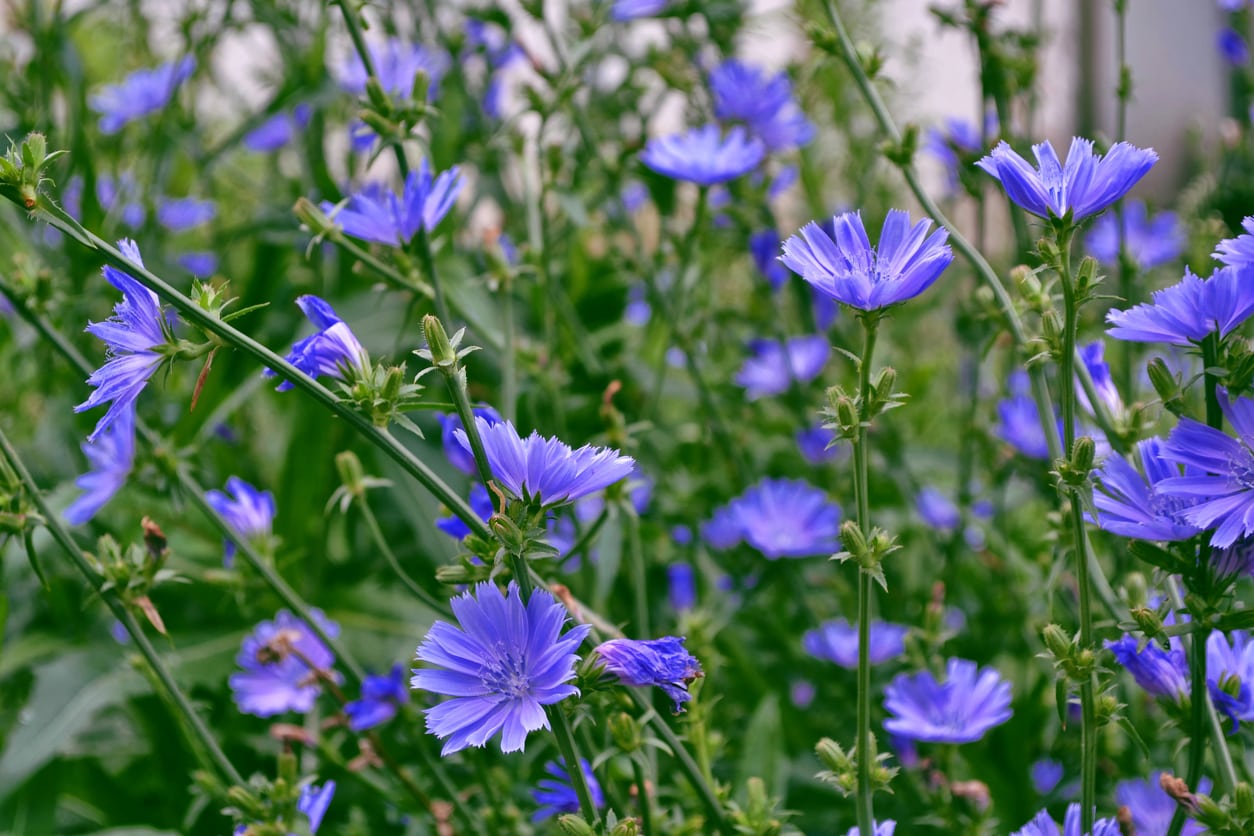 Is Chicory An Annual Or Perennial: Learn About Chicory Lifespan In Gardens
Is Chicory An Annual Or Perennial: Learn About Chicory Lifespan In GardensPlant lifespan is often a subject of debate. For instance, many annuals in the north are actually perennials or biennials in the south. So, is chicory an annual or perennial? Click this article to see which… or if there is a third, unexpected choice.
By Bonnie L. Grant
-
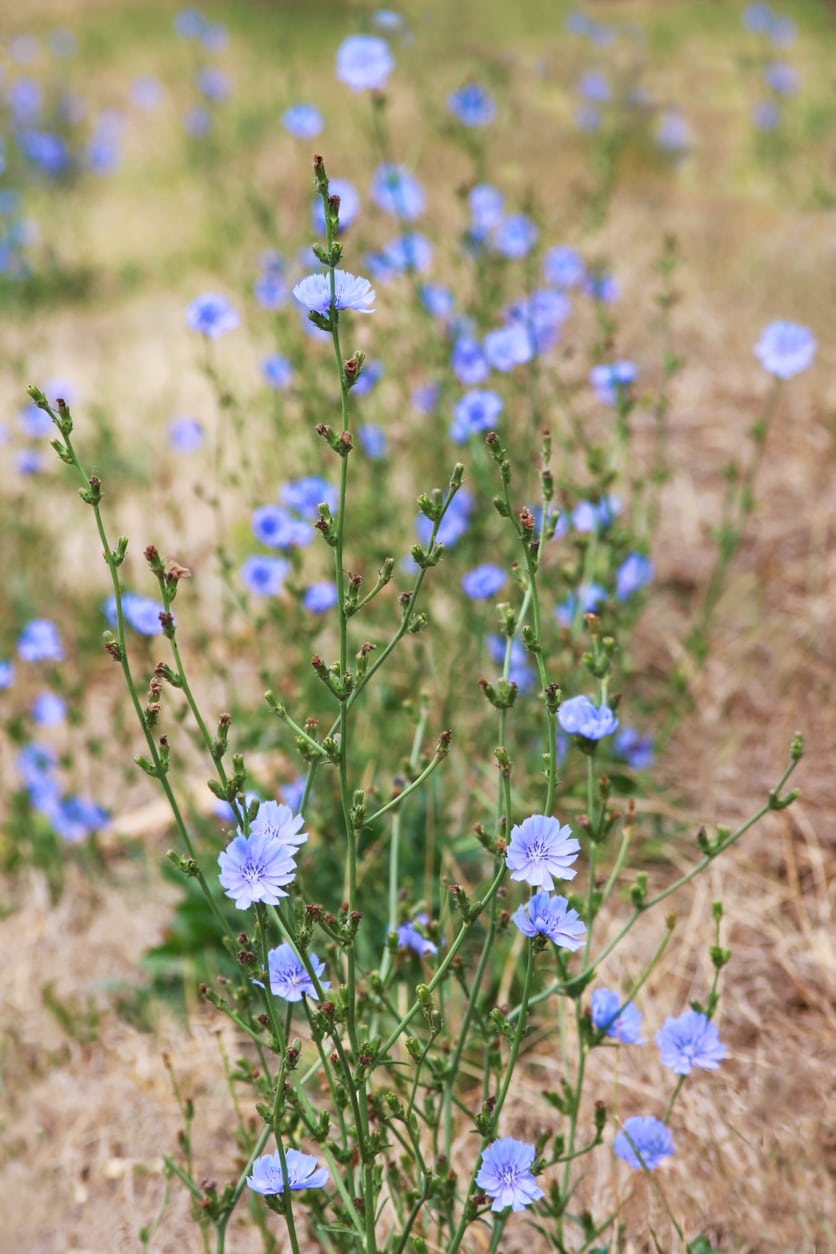 Treating Sick Chicory Plants: Learn About Common Chicory Diseases
Treating Sick Chicory Plants: Learn About Common Chicory DiseasesIf you are growing chicory in your garden, it is disappointing to see sick chicory plants. If this happens to you, you probably want some answers on “what’s wrong with my chicory.” Click this article for a discussion of chicory plant problems.
By Teo Spengler
-
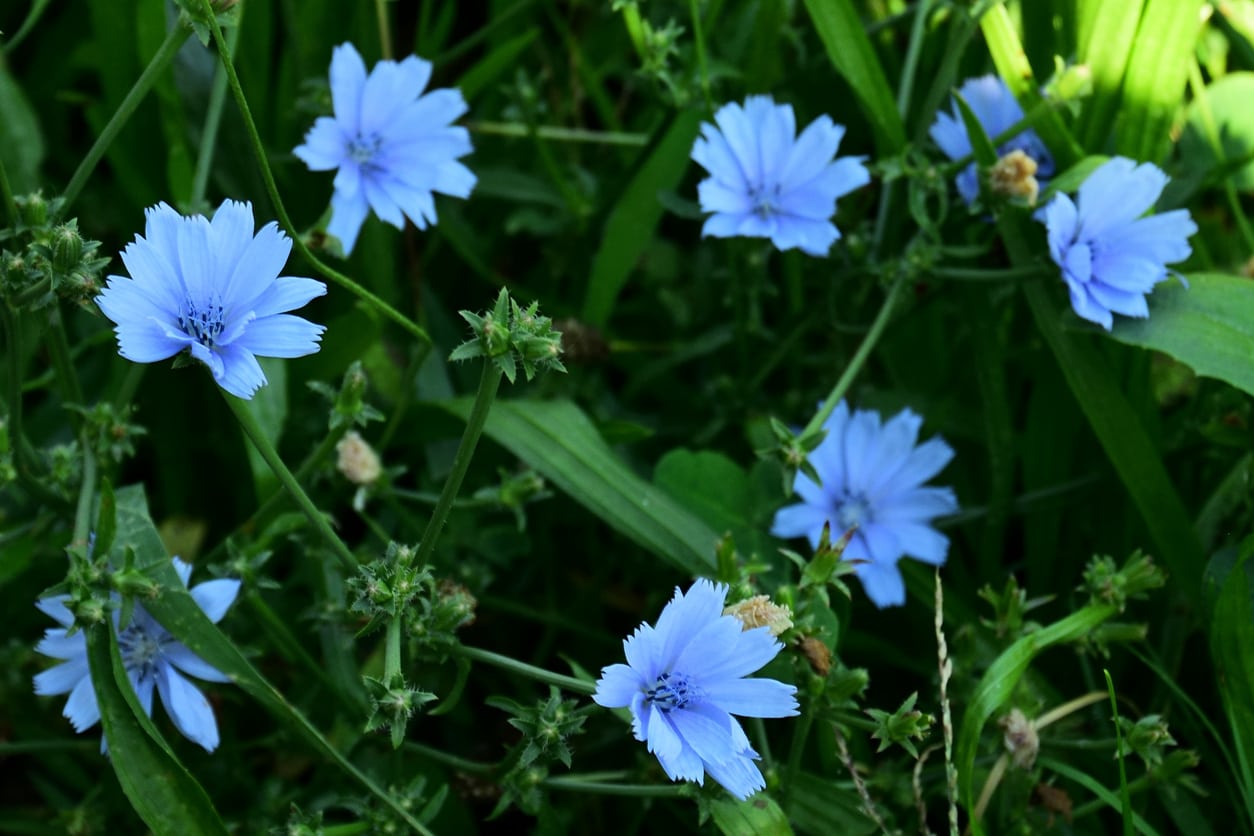 Potted Chicory Care – Can You Grow Chicory In A Container
Potted Chicory Care – Can You Grow Chicory In A ContainerGenerations of herbalists have used this chicory herb as a treatment for maladies ranging from upset stomach and jaundice to fever and gallstones. Growing potted chicory plants is a great way to enjoy them up close and in small spaces. Click here to learn more.
By Mary H. Dyer
-
 Chicory Plant Uses: What To Do With Chicory Plants
Chicory Plant Uses: What To Do With Chicory PlantsYou’ve probably heard of chicory and you may even have this ornamental plant in your garden. But you may not be sure what to do with chicory or how you can start using chicory from the garden. What is chicory used for? Click here to find out.
By Teo Spengler